Arctic Has Lost Enough Ice to Cover Texas
Although this wasn't the worst winter on record for retention of Arctic sea ice, a report from NASA and the National Snow and Ice Data Center says that the region is now missing a Texas-sized chunk of the stuff that keeps polar bears alive and cities above sea level. More alarming, the ice that is there is younger, thinner and more fragile than in years past.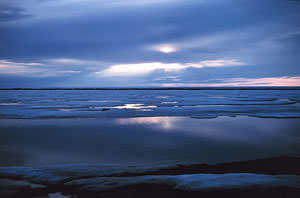
Although this wasn’t the worst winter on record for retention of Arctic sea ice, a report from NASA and the National Snow and Ice Data Center says that the region is now missing a Texas-sized chunk of the stuff that keeps polar bears alive and cities above sea level. More alarming, the ice that is there is younger, thinner and more fragile than in years past.
Your support matters…National Geographic:
This winter’s maximum Arctic sea ice extent was 5.85 million square miles (15,150,000 square kilometers)—about 278,000 square miles (720,000 square kilometers) less than the Arctic average between 1979 and 2000.
“That’s a loss about the size of the state of Texas,” said Walter Meier of the National Snow and Ice Data Center (NSIDC) in Boulder, Colorado.
“We used to have a winter ice maximum about twice the size of the lower 48 United States,” Meier added.
Independent journalism is under threat and overshadowed by heavily funded mainstream media.
You can help level the playing field. Become a member.
Your tax-deductible contribution keeps us digging beneath the headlines to give you thought-provoking, investigative reporting and analysis that unearths what's really happening- without compromise.
Give today to support our courageous, independent journalists.
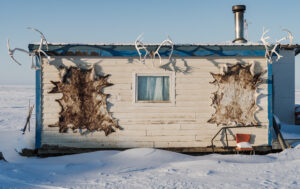
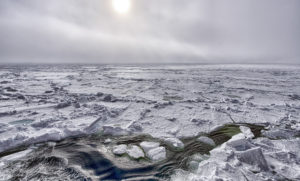
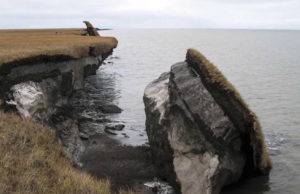

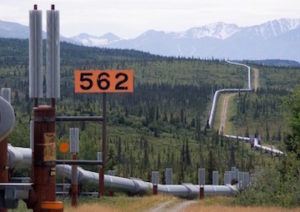

You need to be a supporter to comment.
There are currently no responses to this article.
Be the first to respond.